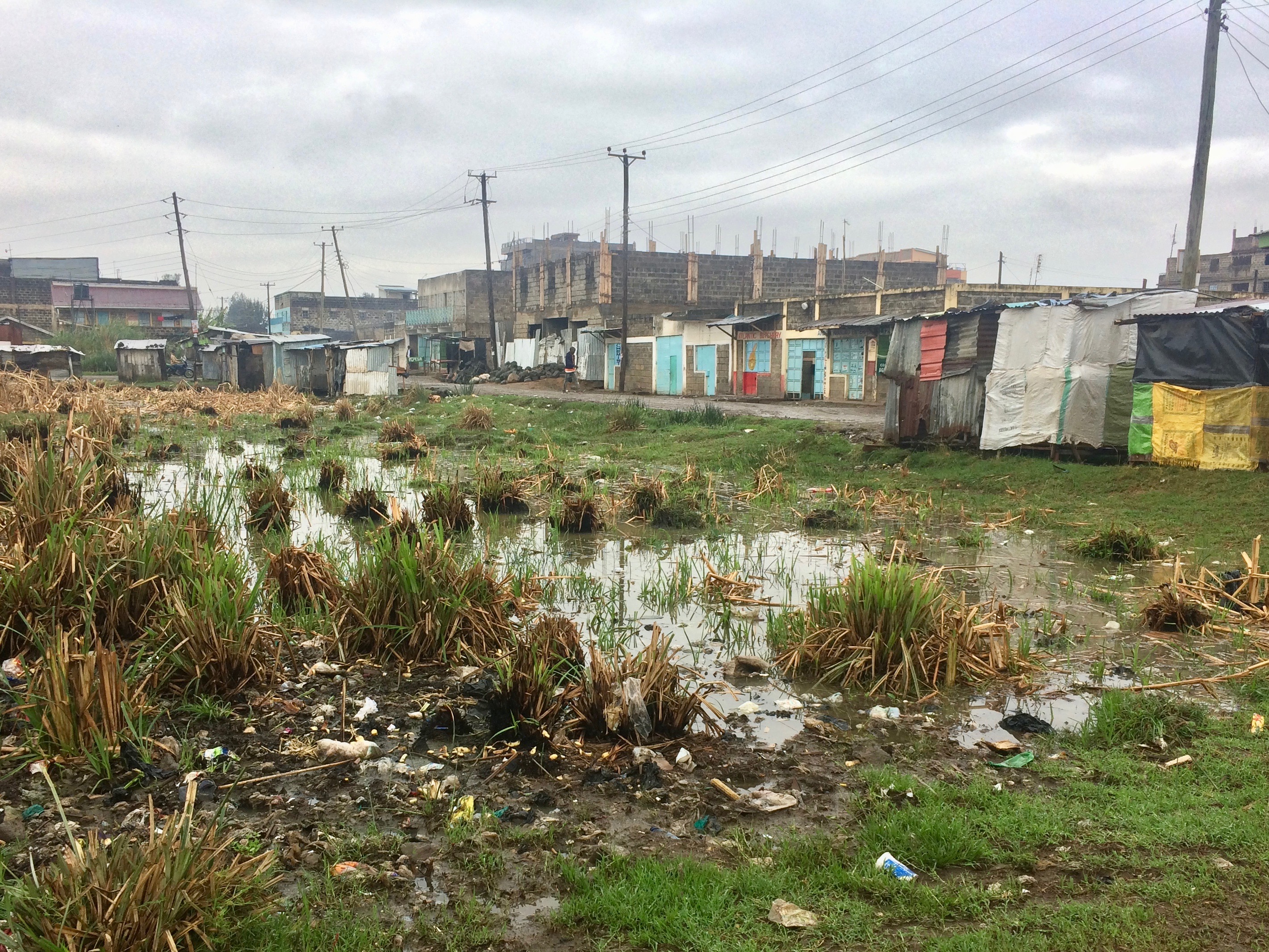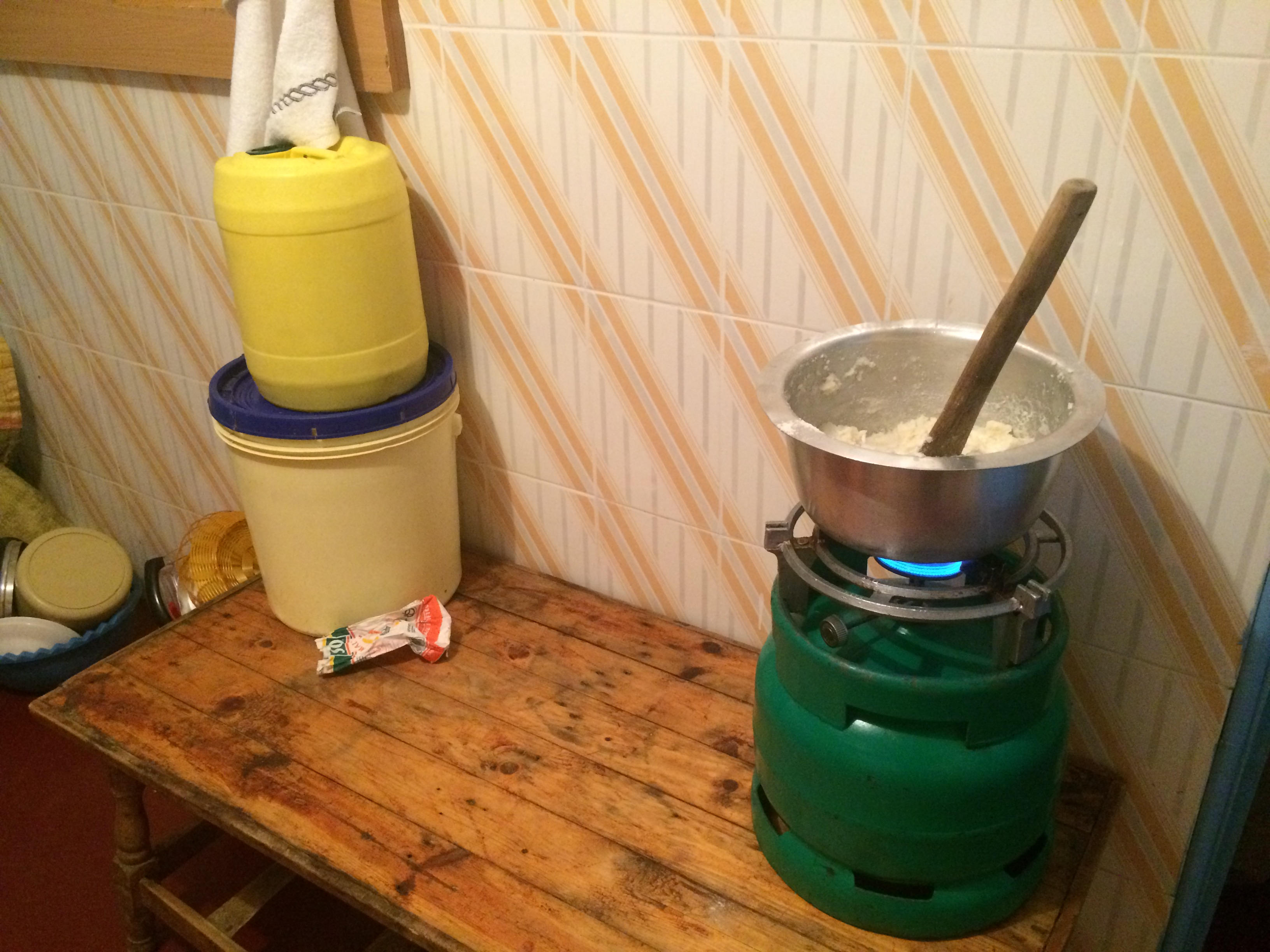The idea of touring a neighborhood simply for photographing and gawking over a community’s appalling living conditions has never appealed to me. I mean, how would you feel if the top 1% came to your neighborhood, your home, and took pictures of your children playing in local parks or of you preparing meals, knowing that they feel great pity for your lifestyle and plan on showing their photos to their 1% community? It’s…demeaning.
Sure, the high costs (roughly $25) of a tour supposedly go toward the local community to help pay for infrastructure, schools, and so on. The intent there is to make tourists feel philanthropic. And it works. The marketing and the pitch truly work.
But with all well-marketed products or places come with plenty of support—so much support that…well…it becomes of questionably authenticity. Kibera is Kenya’s notorious slum neighborhood within Nairobi as it is home to roughly 1-2 million citizens, making it the largest urban slum in Africa. Quite mind blowing if you think about it. With that fame, many people know of it, and with all those people curious about Kibera, several companies even offer “tours” to the neighborhood. Outside of Kenya, a surplus of NGOs and nonprofits all over the world pour supplies and aid to Kibera, which has led to a problem similar to what we have in America.
Moochers. Welfare exploiters. People who deliberately choose this lifestyle so that they don’t have to work.
As a volunteer in Kenya, I worked with an organization in Githurai, a small city of approximately half a million people composed of slums and low-income housing. My program manager was born and raised in Githurai and knows people who live in Kibera. After his fascinating insight into Kibera, I came to the conclusion that Kibera was sadly…fake.
My neighborhood in Githurai:
“They receive SO much help, SO much money,” he told me. “I visit my friends who live in Kibera, and they all have refrigerators!”
“WHAT?!” I exclaimed. In Githurai, where running water is a luxury for many, I hadn’t heard of anyone with a refrigerator. I only drink water because all the juices and sodas for sale in the neighborhood are lukewarm.
“They have stoves…they have microwaves!” he went on. I should mention that a number of people in Githurai still cook over open fire because they can’t afford gas.
Our kitchen in Githurai:
“They have big TVs, big speakers. Bigger than mine. The people there have much better living conditions than here.”
“Why are you even friends with these people?” I had to ask.
“I met them when I went to school,” he explained. “At the university, and several community groups. They have my phone number and call me sometimes to hang out. I’ve been to Kibera many times.”
And that’s the thing. Kibera’s fame shines under the world’s spotlight. Kenyans have flocked to Kibera to grow the slum community in order to receive welfare. And the hundreds and thousands of “real” slum communities throughout Kenya are basically unknown due to the lack of marketing. They don’t receive the aid Kibera receives, but they need it more.
“There was a NGO that provided better housing for them,” he continued, “so that some of them didn’t have to live in their tin metal shacks. But you know what they did? They rented them out for money, because if they moved into the apartments, they wouldn’t receive anymore free money.”
That all sounded too familiar. Ever see the movie Million Dollar Baby?
“They are rich!” he exclaimed.
Well, I wouldn’t go as far as saying that. But I would definitely agree that Kibera was more of a fabricated slum for locals to exploit welfare.
“It’s a fake slum,” I concluded.
“Yes. It’s fake.”
And that is why I will never visit Kibera.
